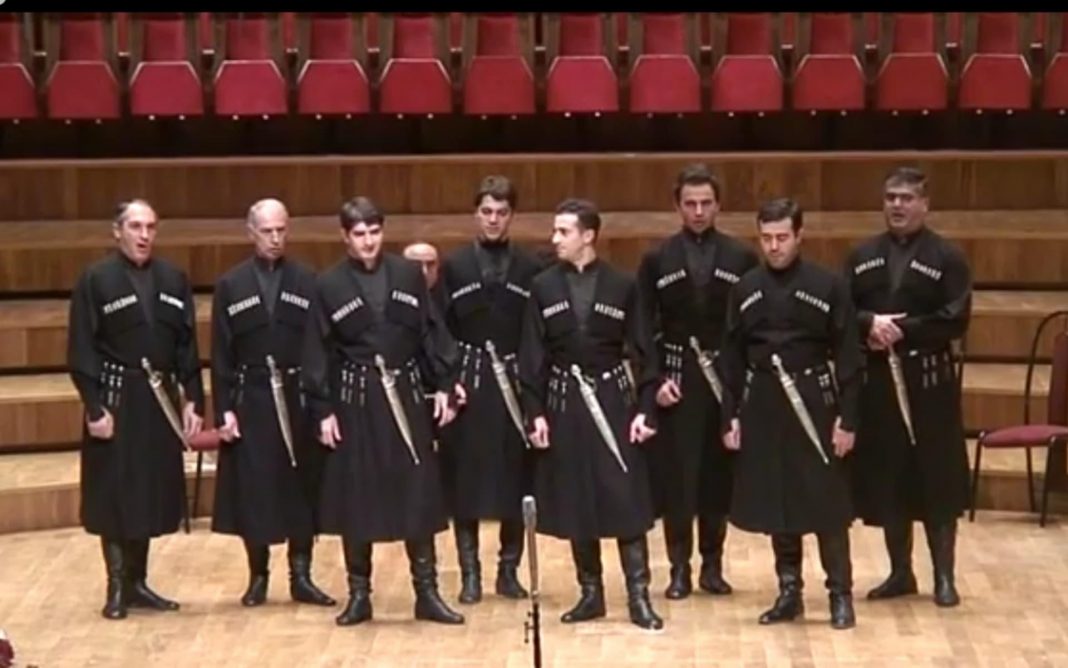Georgia is famed for its breathtaking landscapes, traditions of hospitality and ancient cultural heritage. Remarkably, Georgia has rich and vibrant traditional music ranging from homophonic songs to the most complex polyphonic pieces, which are typically performed acapella in at least three vocal ranges at the same time.

The traditional Georgian music is arguably the earliest polyphonic tradition of the Western world and was among the first on the list of Masterpieces of the Oral and Intangible Heritage of Humanity in 2001. It was later relisted on the Representative List of the Intangible Cultural Heritage of Humanity in 2008. The song “Chakrulo” is the best example of this incredible complexity of ancient Georgian polyphony – Together with other artifacts of the various cultural heritage of the Earth, it was chosen to be released into open space on the “Voyager” shuttle in 1977.
The tradition of polyphonic singing in Georgia had developed over several hundred years before it appeared in Western Europe and is considered to have been existing since millennia. Polyphonic singing has always had its natural place in Georgian society; it used to be performed both at holidays and in everyday life and still continues to be an integral part of Georgian culture.
There are a great number of healing songs, funerary ritual songs, wedding songs, love songs, dance songs, lullabies, traveling songs. Many archaic songs are connected to round dances. Due to geographical characteristics, namely the isolation of one region from others by high mountains, each region developed its own authentic manner of singing.
In Georgia, the existing 16 types of polyphonic music are categorized in three major groups: complex polyphony, which is common in Svaneti; polyphonic dialogue with bass on the background, common in the region of Kakheti in Eastern Georgia; contrast polyphony with three partially improvised parts, characteristic of Western Georgia.
Georgian vocal music developed independently of the Western European rules of harmony. Its scale is based on the fifth, not the octaves, intervals are not tuned to each other, all this gives the music a rich and intense, but slightly unusual to the western ears sound.
Traditional polyphonic singing is an inseparable part of everyday Georgian life. Singing is mostly a community activity in our country and during big celebrations everyone is expected to join in. Traditionally, top melodic parts are performed by individual singers, but the bass can have dozens or even hundreds of singers. This is the Georgian way of celebrating all the complexity of life – reflected in our music.
Lali Lomashvili,
Dimash Georgia Fan Club Official


